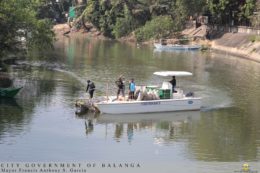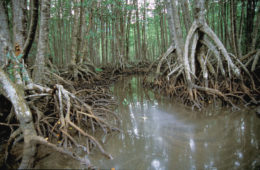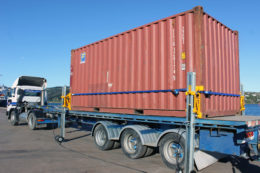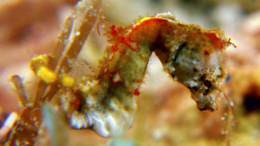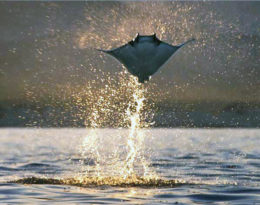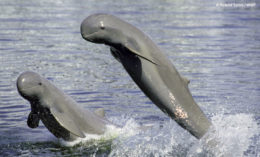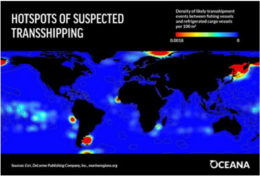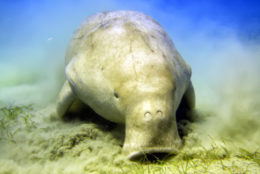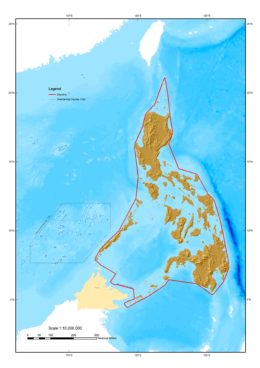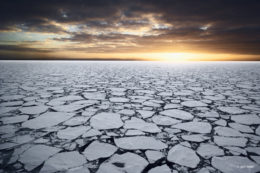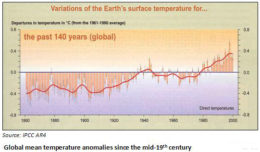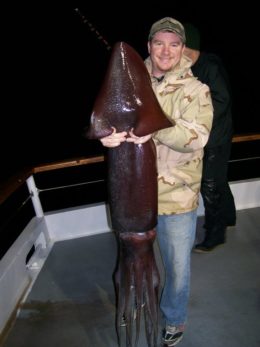DENR Calls for Inter-Agency Cooperation to Protect and Conserve Coastal and Marine Resources
First of all, let me welcome all the participants composed of representatives from concerned government agencies in the maritime sector for the 127th Maritime Forum. This gathering is being undertaken in coordination with the Maritime League. It is truly an honor to host this event as we continue to work together to ensure that our agencies are being updated on…

